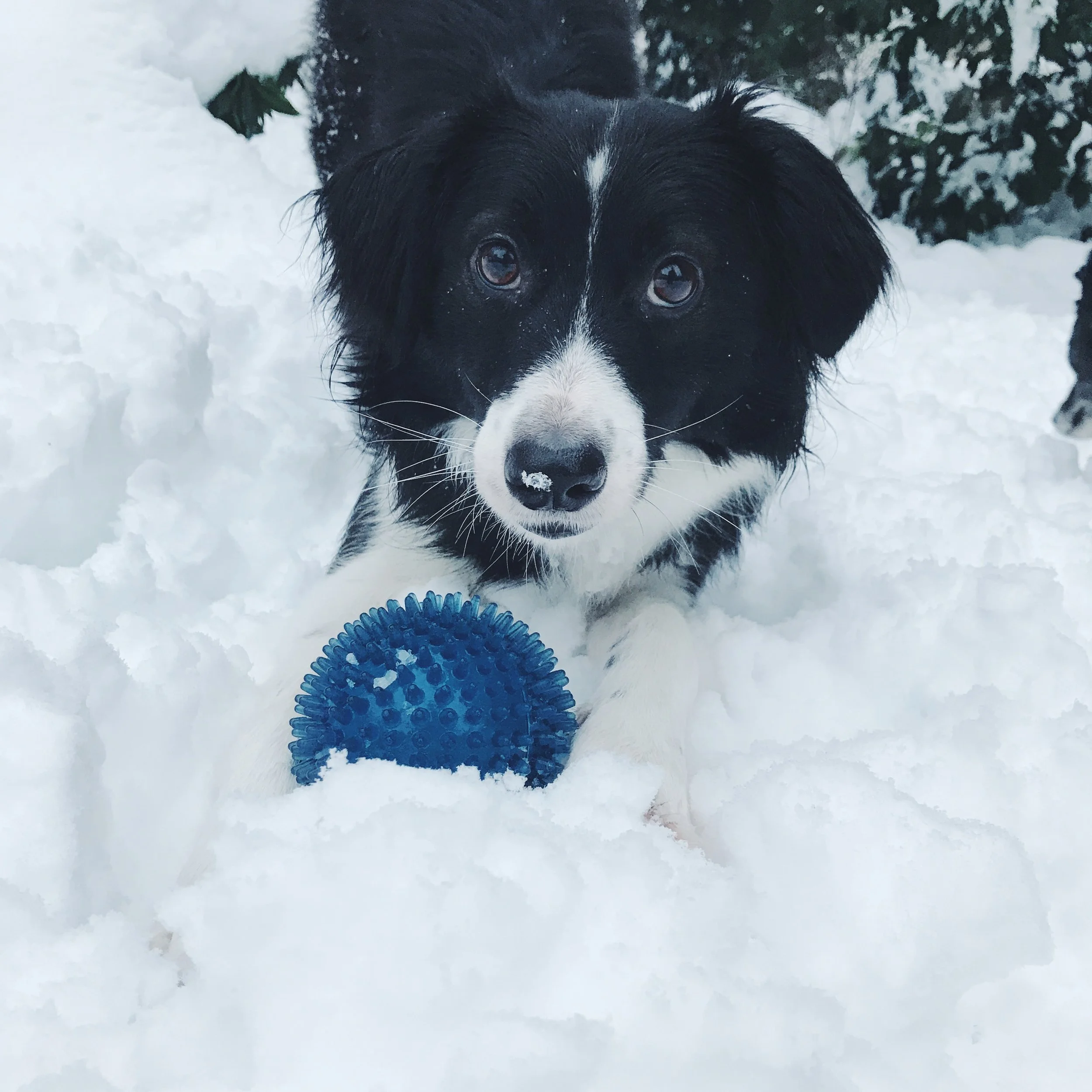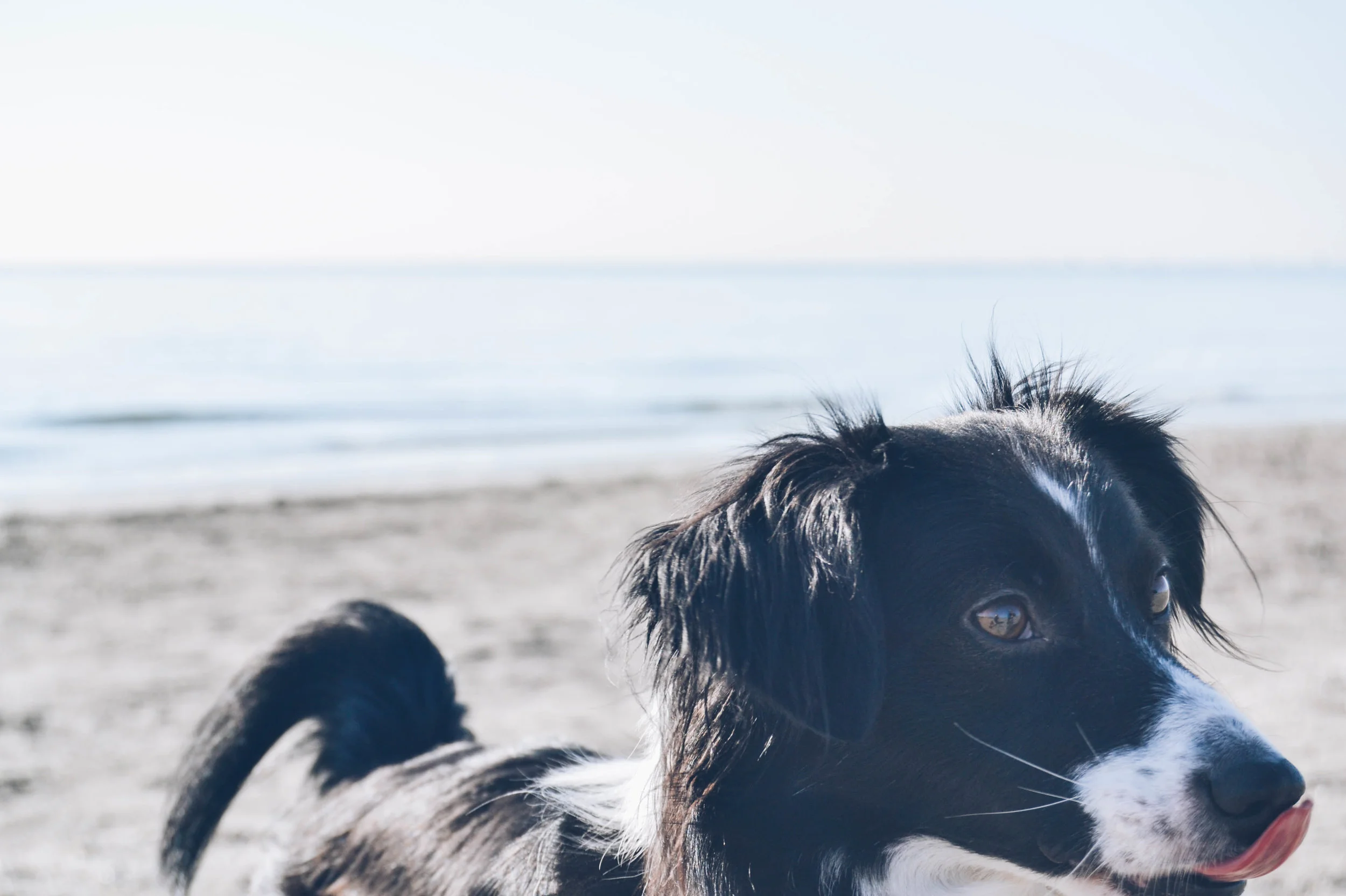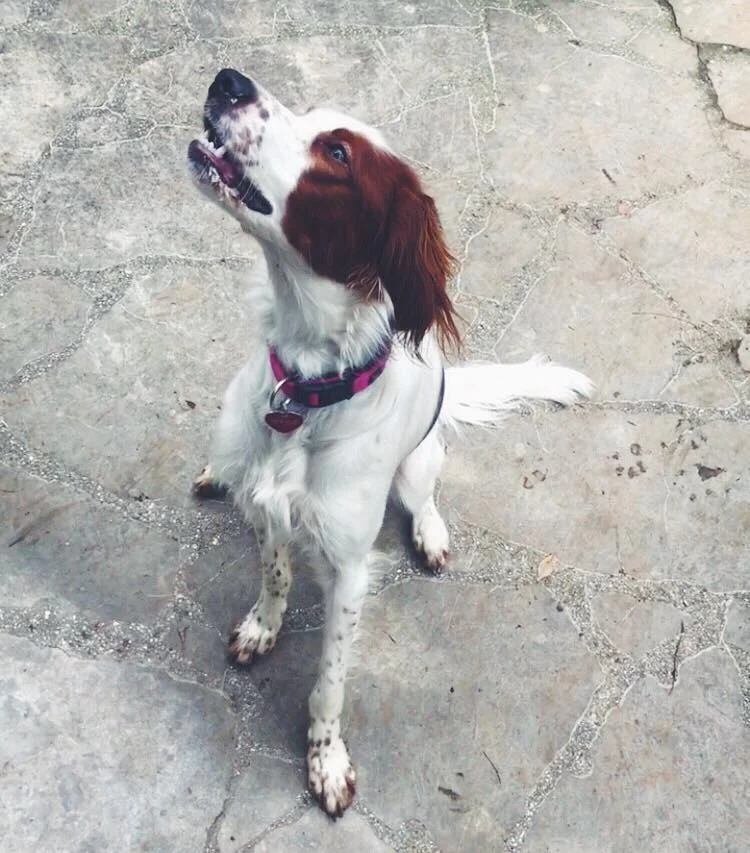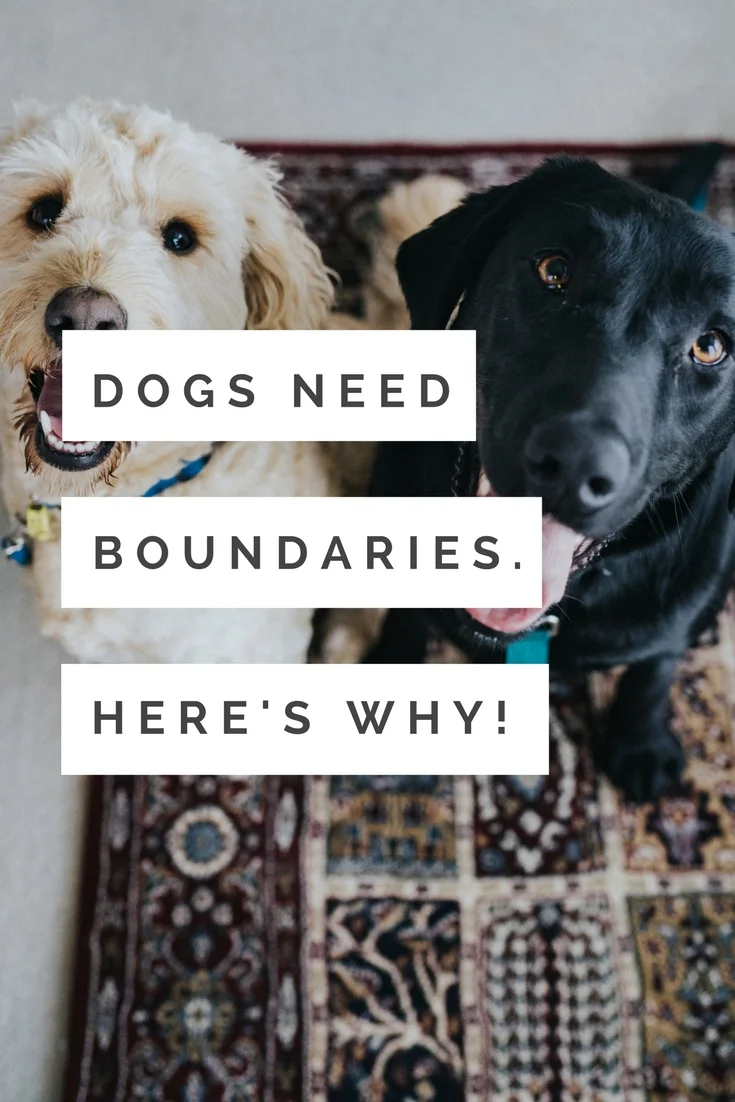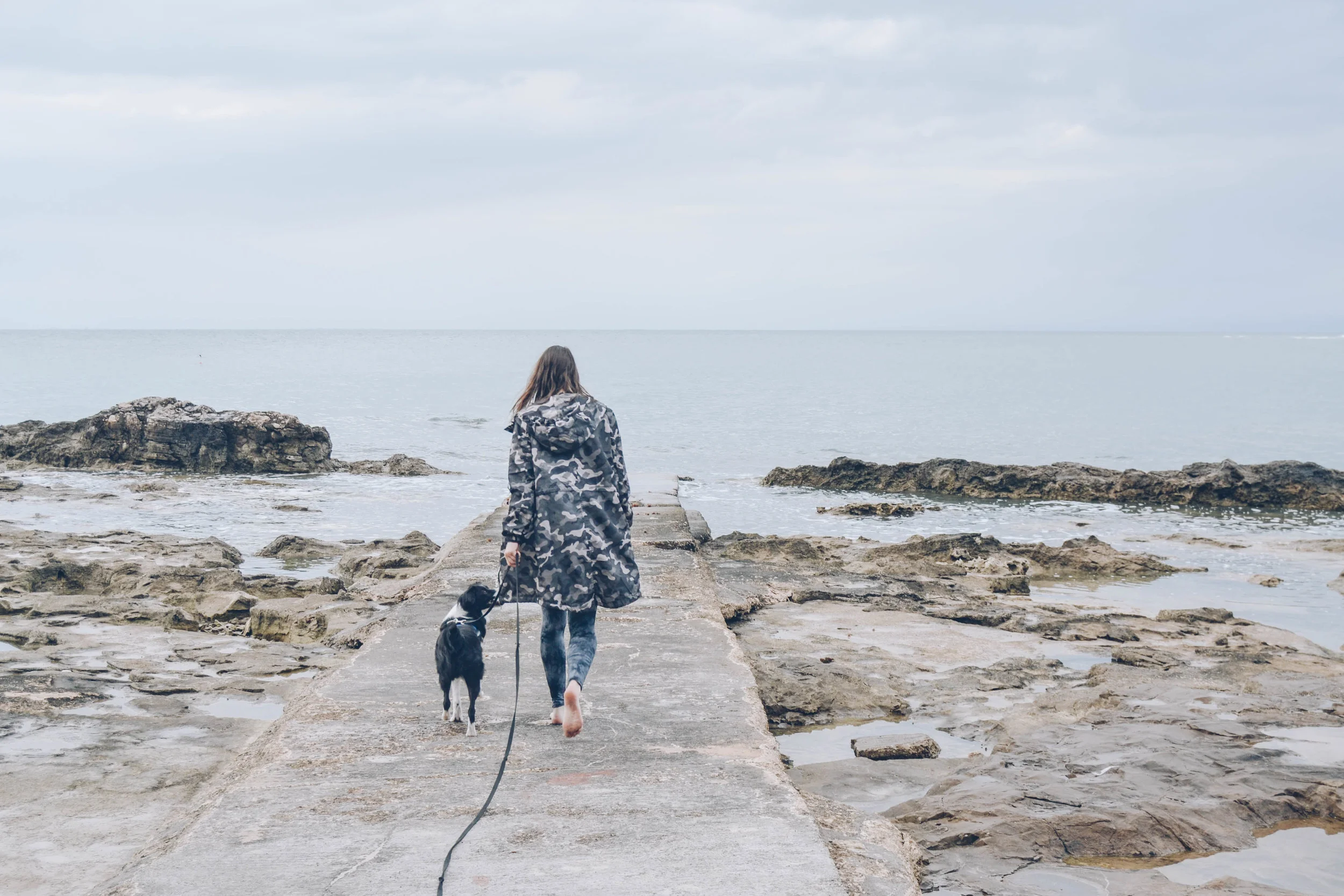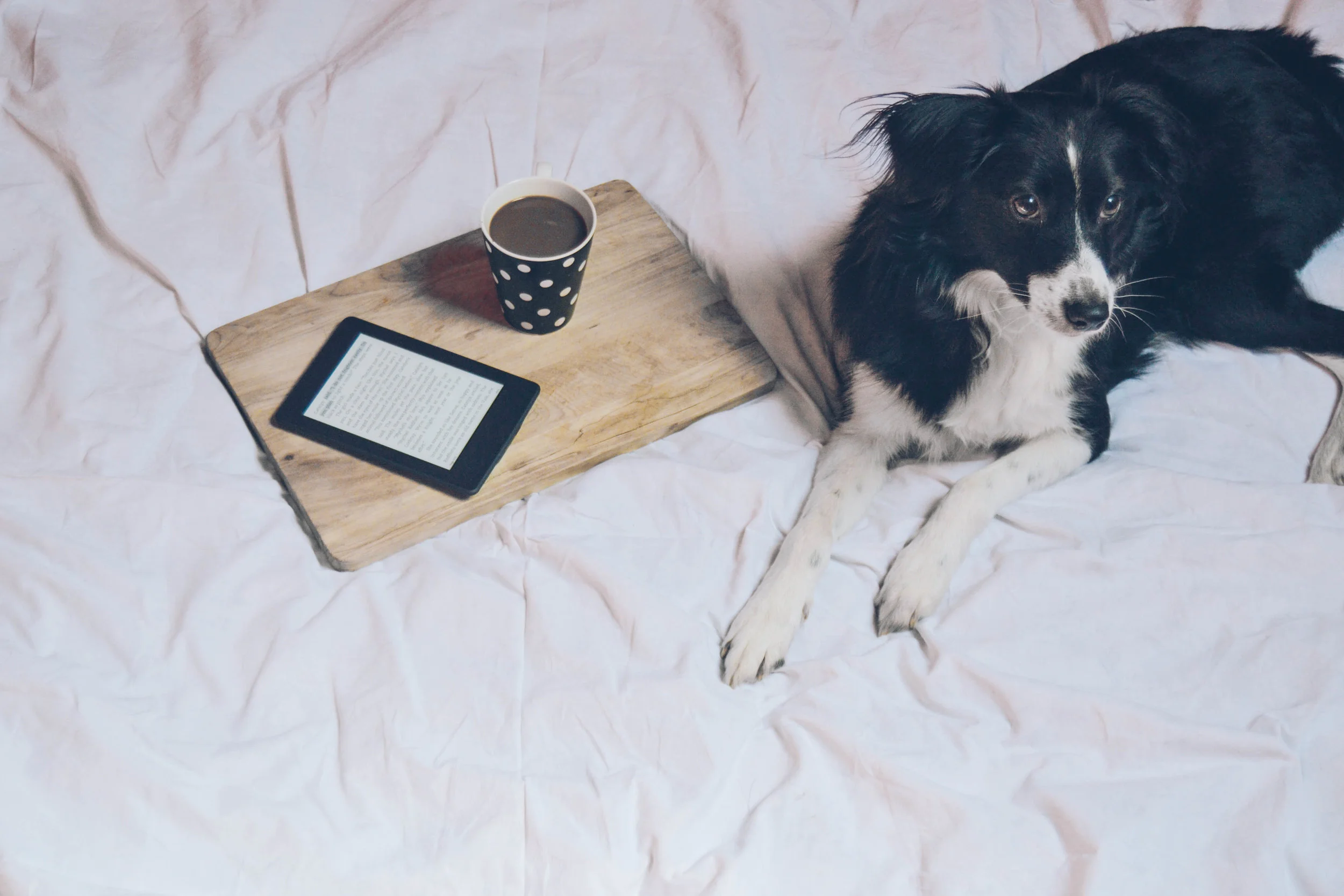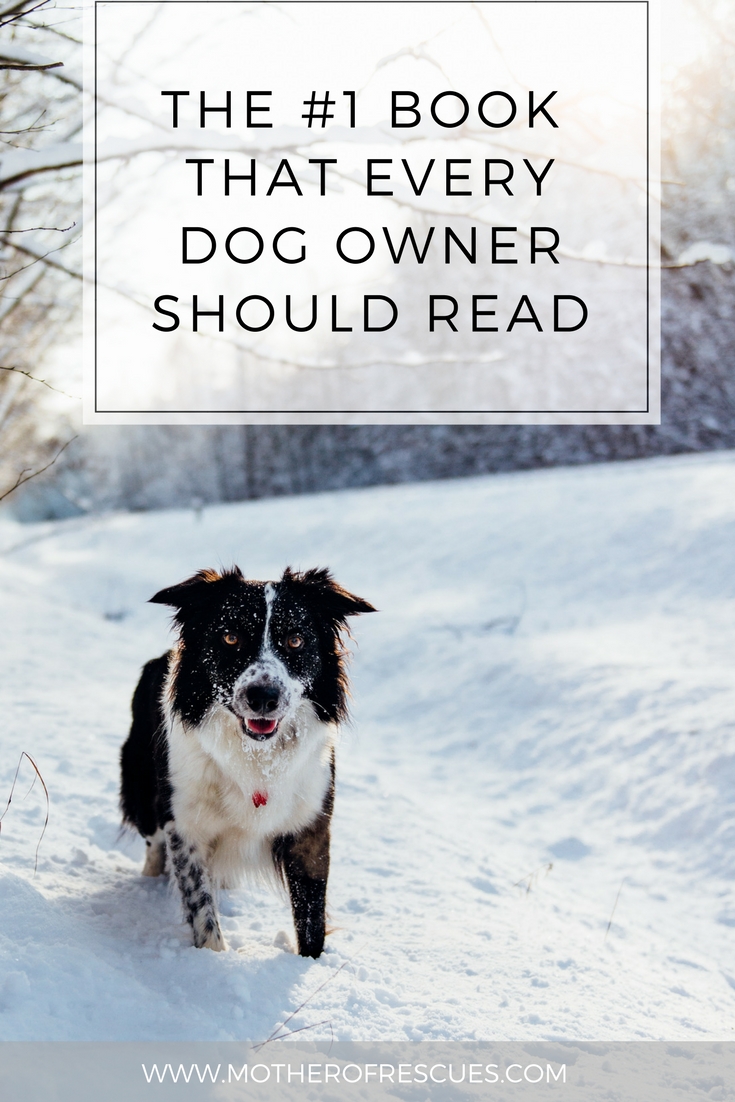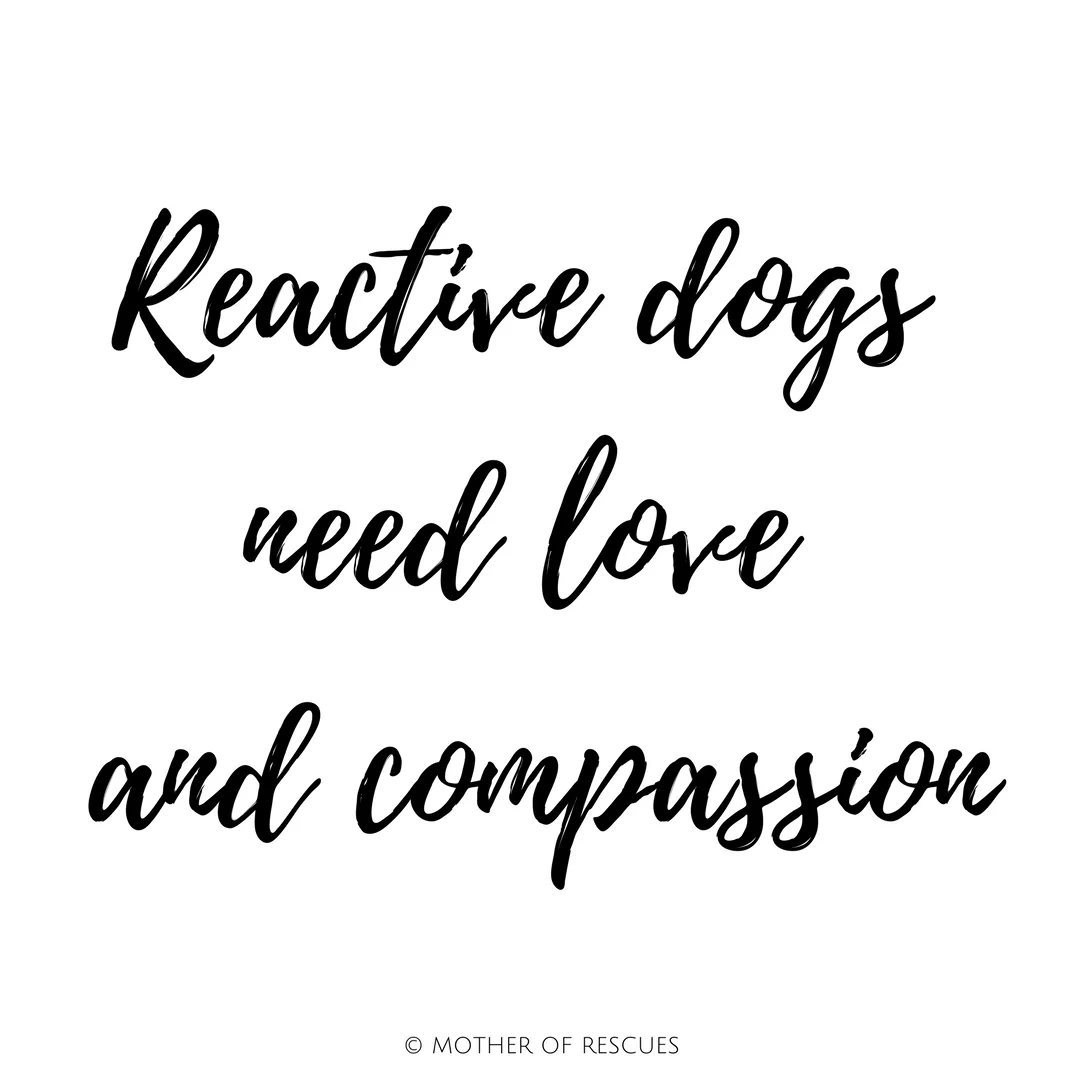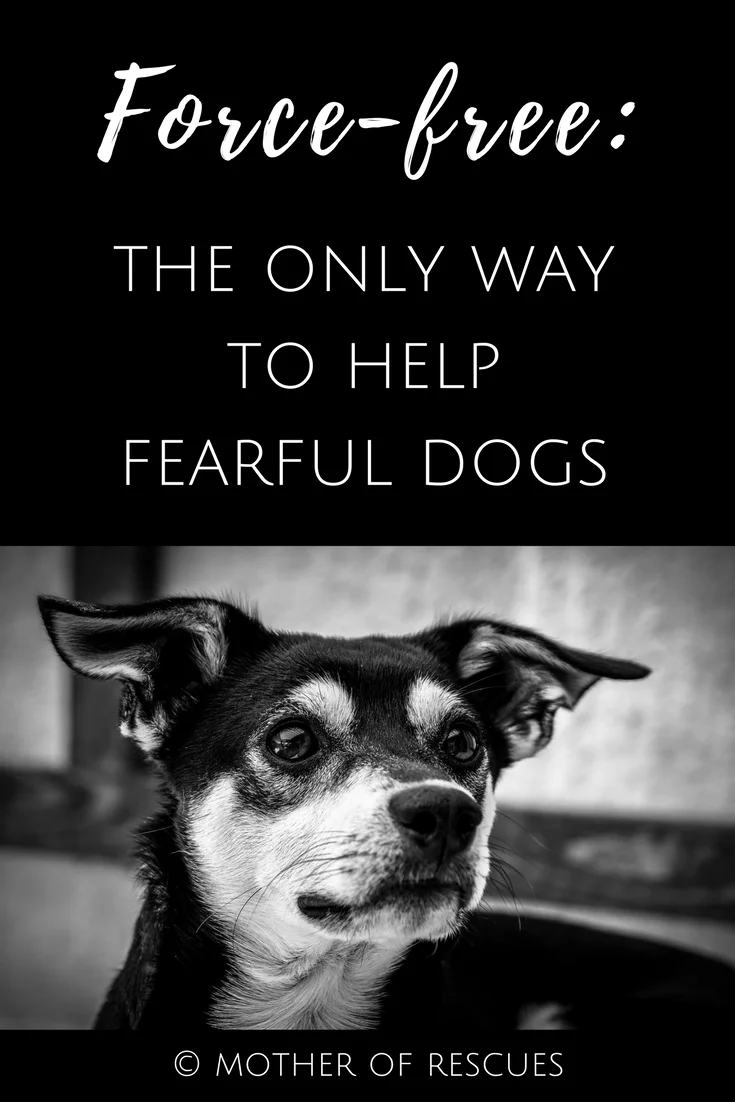Your Own Agenda vs. Your Dog's Actual Needs
/I've been a much better mom to Bailey since Chilly has come into our lives now almost two years ago. Before him, I never realized how many things that I was doing with Bailey were completely my own agenda. It's normal that as dog parents we sometimes convince ourselves we know exactly what our dogs need. We think we know best for them which often leads to completely ignoring the signs they're sending us that say "hey, I don't really like this!" Sometimes we WANT them to like something or to be a certain way so bad that we fully detach ourselves from what they've been desperately trying to tell us. This is something that is asking for reflection, whether you have a reactive dog or not!
I love long walks. This was one of the main reasons why I wanted a dog in the first place - to be able to stroll around the neighborhood and chill in the park. When I got Bailey, a lot of those dreams didn't come true, for obvious reasons. I managed to make peace with the fact that she's not a park dog, a loves-children dog, a loves-other-dogs dog, a hardly-ever-barks dog ... but for the life of me, I couldn't make peace with the fact that she doesn't enjoy walks. For years, I insisted on long walks with Bailey every single day, even though they caused her anxiety. Even after we worked through a lot of her triggers, she still didn't seem particularly happy about walking around the neighborhood. She does like hiking in nature, but definitely needs a couple of days to decompress afterwards (especially if it's a new environment).
I was a student when I got Bailey, so I spent a lot of my days at the university, sitting in a classroom. I needed our long morning and afternoon walks so bad that I couldn't let them go. I kept thinking that Bailey NEEDS them - but this was just my projection, this was what I was needing and wishing from her. I couldn't possibly figure this out ... until Chilly came along. He is an absolute explorer and he LOVES walks. In the morning he's almost exploding of excitement because he wants to go out so bad. He could walk for hours at a time and not get bored, he's completely relaxed on these walks and it's totally his thing.
It wasn't until I saw how HAPPY Chilly is on our walks that I realized Bailey expresses this same happiness in completely different environments and activities. A lightbulb turned on in my brain - at last!
Slowly but surely we've developed a new routine, one I recently had a chance to reflect on and truly see how much it has been benefiting Bailey. First thing in the morning, I take Chilly out for a longer walk. He has the chance to sniff around, to explore, we always go to a park or a meadow to do some tricks, basic obedience and he often gets off leash time as well. By the time we come home, I've had my daily dose of a walk, I'm feeling fresh and in good spirits, Chilly is tired and relaxed, so I swap him for Bailey. Instead of mindlessly walking around with her too, she and I go straight to a meadow that's close to our home and she gets to either chase a ball, chase a frisbee, explore if she's up for it (I always give her the option and she decides!) or do some nose work.
Everything is done on HER terms. Some days she's in a better mood than others, so we stay longer. Some days she doesn't really feel like exploring at all, so we don't do that part. I'm giving her full control over what she wants to do. I follow her lead. This has been making her SO much happier. When we're walking home afterwards she's practically smiling. She has a big tired grin on her face. She is in a very relaxed state, her instincts are nurtured and satisfied, her mindset is instantly better. When we come home she doesn't need to decompress because this activity was decompression enough! She's happy!
We still take longer walks too, of course. But because they are now less frequent, when we DO take them she is much more relaxed and in a better state of mind. She also knows she'll have the chance to decompress afterwards, if she needs it. She doesn't wake up agitated anymore, thinking that I'm about to drag her around the noisy neighborhood for an hour. When we're setting up to leave the house, she's excited because she knows a super fun activity is waiting for her outside! I think this routine has put her in a better state of mind where she's not constantly put in situations where she's surrounded by a million triggers. We live in the city and there's no way to have a morning walk here without passing dogs, kids, cars, bikes etc. She doesn't react to these triggers anymore most of the time because we've worked really hard and came a long way - but with that said there's still a long way to go and as she feels the presence of so many triggers and distractions at once, I know it makes her uneasy and I don't want her to experience this every single day.
I'm happy we've found this routine that works for us and that I was finally able to separate my own agenda from Bailey's needs. I'm inviting you into reflecting on your own routines now - are they serving you or your dog?
If you have a reactive and fearful dog ... how do you think THEY would choose to spend their days? What truly makes them HAPPY? Which activities relax them?
Is there something that you're doing that you feel like you HAVE TO do, but you know it's not making your dog happy? Is there an ambition you have and you're rushing your dog to achieve it? It's normal to make these mistakes but once we recognize our shortcomings we can decide to do better!
Make a list of activities that make YOU happy and a list of activities that make YOUR DOG happy. See what overlaps and make those activities a #1 priority.
Things that don't overlap have importance too but they are secondary. Remember that the whole point of opening your home to a dog is to help them THRIVE not just survive.❤️ I hope this gives you some food for thought and you can reflect on how you're spending time with your precious pooch in a way that makes BOTH of you relaxed and happy!
On this note, I'd love to hear about some things that make your reactive dog happy! What are some (indoor or outdoor) activities that you do together that you both love? Please share them in the comments below!


